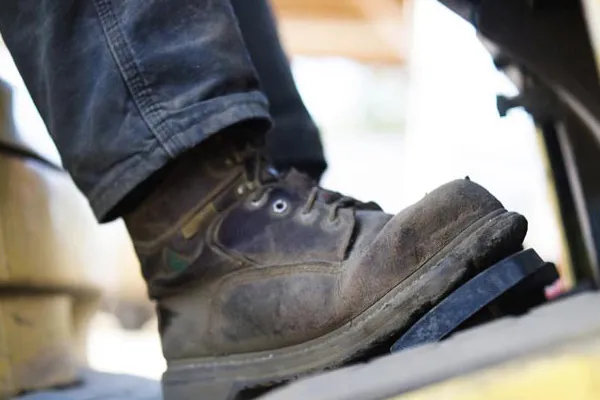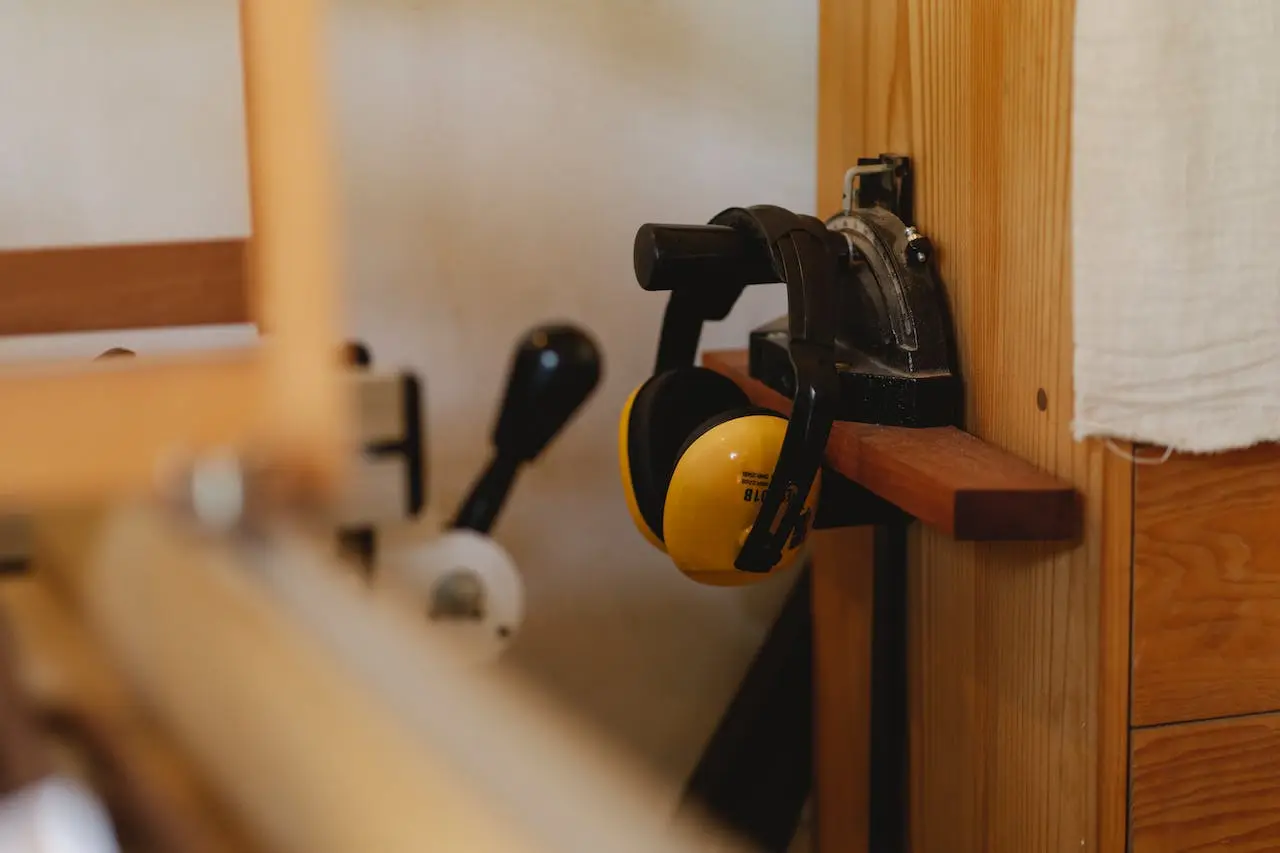The obligation to provide employees with appropriate protective clothing to protect them from harmful factors in the workplace was imposed on employers by the Labor Code, and the rules for its allocation are precisely defined in Article 237 of the same Code. According to its terms, it is the employer who determines the types of protective clothing that are necessary for use at specific workplaces, guided, of course, by the applicable health and safety regulations, standards specific to a particular industry and guidelines established in cooperation with the employees' health and safety representative. However, do the regulations specify when such clothing should be replaced and what is meant by wear and tear?
When does an employer provide protective clothing for employees?
According to the provisions of Article 237(6). §1. "The employer is obliged to provide the employee free of charge with personal protective equipment to protect him against dangerous and harmful factors occurring in the work environment, and to inform him on how to use such equipment." Drawn up in consultation with employees and occupational health and safety specialists, the health and safety regulations for a given position should specify precisely what type of protective clothing is to be used on it and how it is to be used, while also indicating the possibility of removing the employee from the position when he or she fails to comply with the need to use appropriate protective clothing and personal protective equipment.
The aforementioned regulations should include not only information regarding the specific clothing assigned to a given position and employee, but also regarding the expected periods of its use. Information regarding the latter should be included in the work regulations, and if there are none, in the relevant order of the employer made known to employees. It is unacceptable that an employee, aware of damage to protective clothing and the resulting danger, continues to work in a given position without receiving new or repaired and serviceable replacement clothing.

Signs of wear and tear of protective clothing
One of the few provisions appearing in the Labor Code regarding the wear and tear of protective clothing is Article 237(10). §1 informing that "the employer is obliged to ensure that personal protective equipment and health and safety clothing and shoes, which have become contaminated with chemical or radioactive agents or biologically infectious materials as a result of use in the work process, are stored only in the place designated by him." So this is not a direct statement of the expiration date and useful life of protective clothing, but it illustrates in a certain way the legal approach to the issue of wear and tear of this type of personal protective equipment. In practice, therefore, although there is no provision strictly regulating the expiration dates of protective clothing, according to the law it should be determined on the basis of the expiration dates given by clothing manufacturers and the audit of workplaces determining the rate of wear and tear of clothing in a given position.
When should protective clothing be replaced?
As in the case of the types of protective clothing used in a given position, it is the employer who, in consultation with employees, determines the expected useful life of individual protective equipment. Article 237(8). §1 states: "The employer shall determine the types of personal protective equipment and work clothing and footwear, the use of which in specific positions is necessary in connection with Article 237(6)§ 1 and Article 237(7)§ 1, and the expected periods of use of work clothing and footwear." The law does not specify specific useful life periods for protective clothing, although it unequivocally stresses that they should be determined based on the characteristics of the work in a given position, the rate of wear and tear of the clothing and the useful life periods set by the manufacturers. Moreover, clothing and footwear should be replaced according to the schedule established in the workplace regulations, even if they have not been worn out, bearing in mind that visible signs of wear and tear can significantly accelerate the deadline.
Personal protective equipment, as well as work clothing and footwear, may not be used by employees for longer than the time it is possible to repair them to maintain their protective and functional characteristics. According to Art. 237(9) §2: "The employer is obliged to ensure that the personal protective equipment and work clothes and footwear used have protective and usable characteristics, and to ensure that they are washed, maintained, repaired, dusted and decontaminated accordingly." In practice, this means that protective clothing should be subjected to regular maintenance and repair until such time as further repairs no longer guarantee that the clothing will be restored to their proper protective and functional qualities for the job. Thus, if abrasions appear in a protective apron that reduce its protective properties and it is not possible to repair them, such an apron should be replaced (even after a single use, if necessary, of course).






